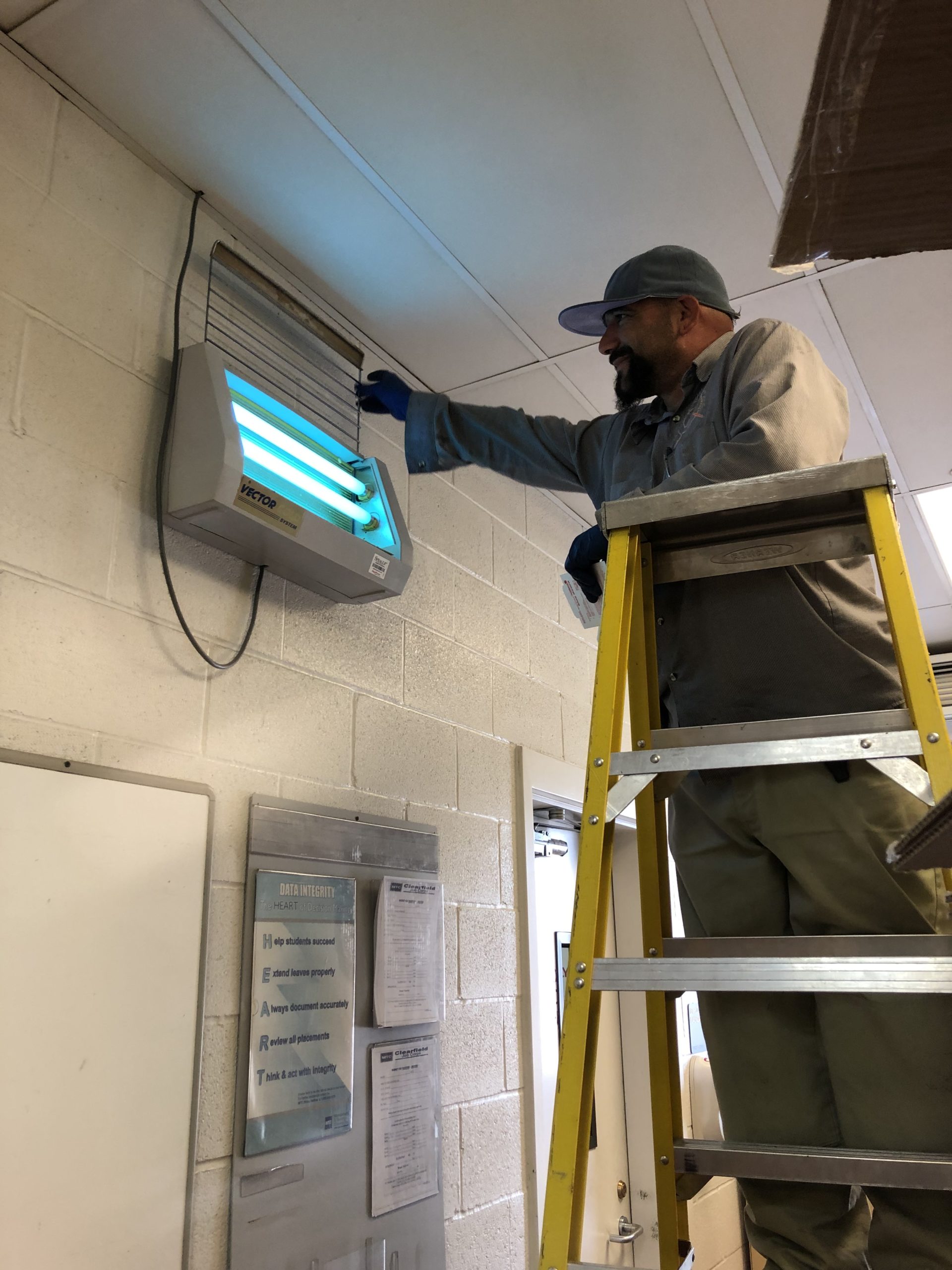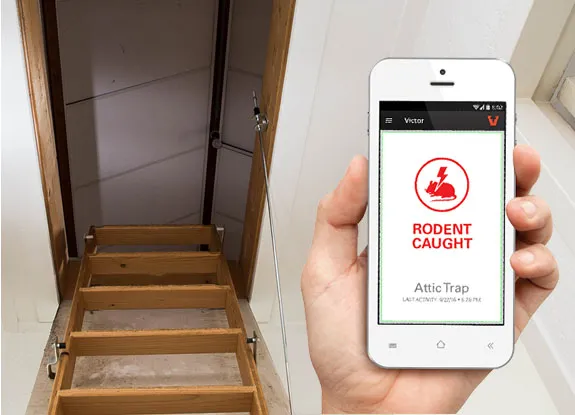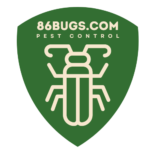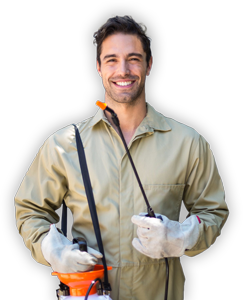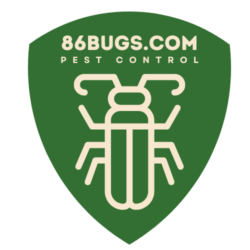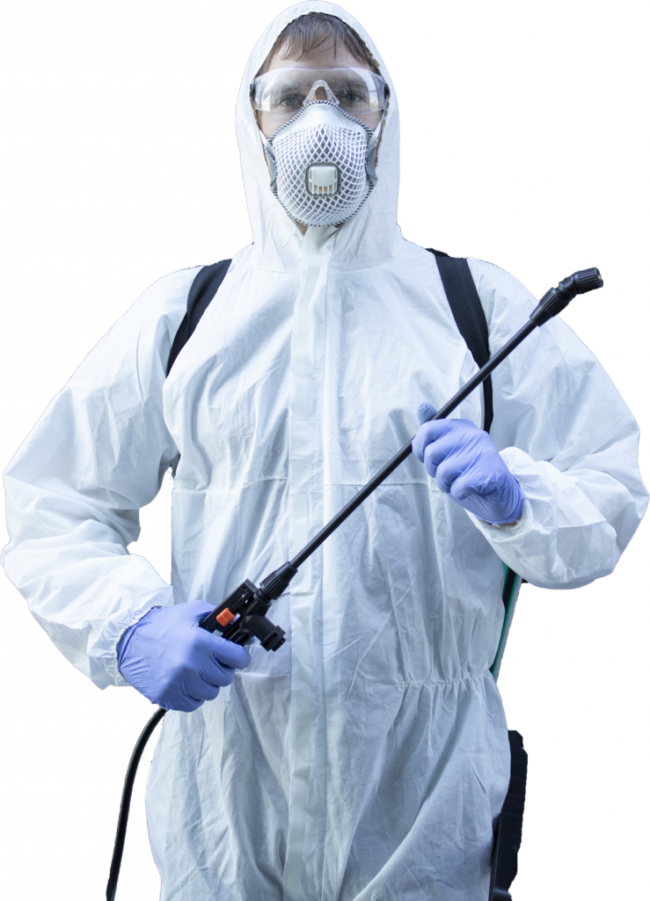
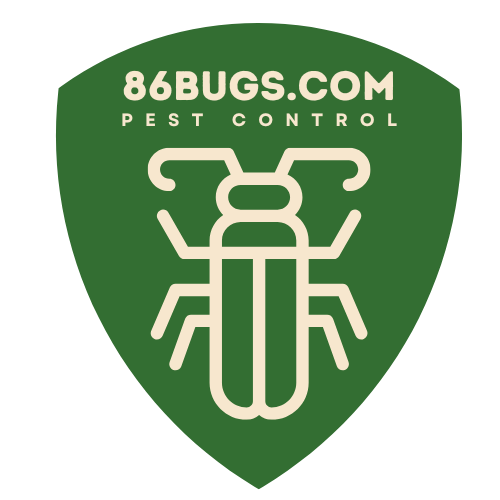
Commercial services
86Bugs are Professionals in commercial work
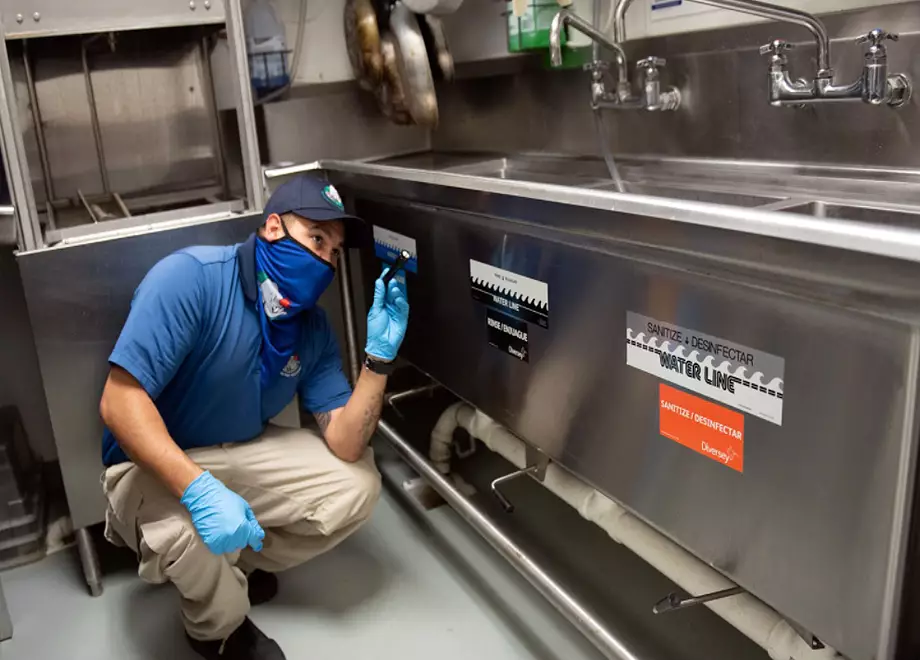
86Bugs are Professional Our Work: the process
Here’s what a typical pest inspection & resolution entails.
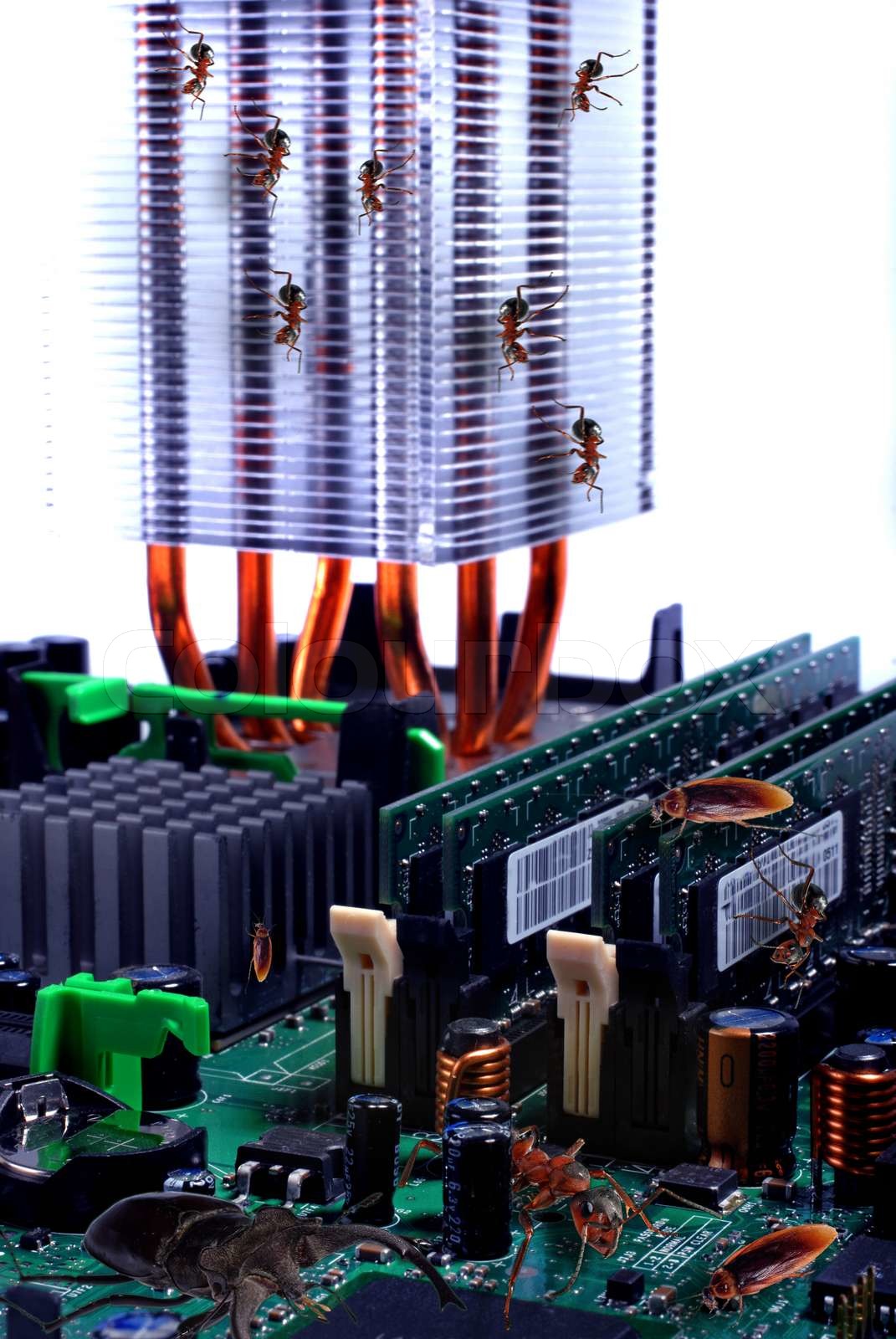
Inspection, Evaluation, Protection
Want to do a precheck yourself? Get to your space BEFORE anyone else. Walk in with lights OFF. Get a very bright flashlight. Turn it on, and point it towards areas where the wall meets the floor. If you have bugs, they will move fast. When DIY turns into DIP (Do It Professionally) call us asap.
Here’s what it typically entails:

Exterior
- Foundation: Checks for cracks, gaps, or signs of termite or insect entry points.
- Roof and Gutters: Looks for nests, clogged gutters, or other signs of pest presence.
- Doors and Windows: Examines seals, weather stripping, and frames where pests can enter.
- Landscaping: Observe any overhanging trees, woodpiles, or dense vegetation close to the home, which can be a haven for pests.
- Waste Disposal areas, as they often attract pests, rodents, and vermin
Interior
- Storage Areas: Inspectors examine stored products for signs of infestation (like gnaw marks, droppings, or nesting).
- Walls, Floors, and Ceilings: They look for cracks, gaps, or moisture buildup, as these can harbor pests and allow easy entryway.
- Waste Disposal and Drainage: Areas where waste is stored or where water or food-type drainage occurs are checked for buildup or leaks that may attract pests. Common areas: grease traps & linen bins.
- Break Rooms, kitchens, bathrooms, offices; These areas are prone to pest activity due to the presence of food, water, and warmth.
- Any racking, low rotation or long term storage areas with cardboard boxes, tools, etc. are prime spots for pests.
- Glue traps, controlled bait, wi-fi enabled or traditional traps & other tools deployed to verify a pest or rodent presence.
- Rodents: Search for droppings, gnaw marks, or nesting materials.
- Insects (Ants, Cockroaches, Bed Bugs): Inspect for trails, eggs, droppings, or dead insects.
- Mold and Moisture Issues: Although not a pest, moisture issues can attract pests, so these areas may be checked.
- Termites: Look for mud tubes, frass (termite droppings), damaged wood, or hollow sounds in wood. Does your business have a shed nearby? Let's check that out thoroughly.

